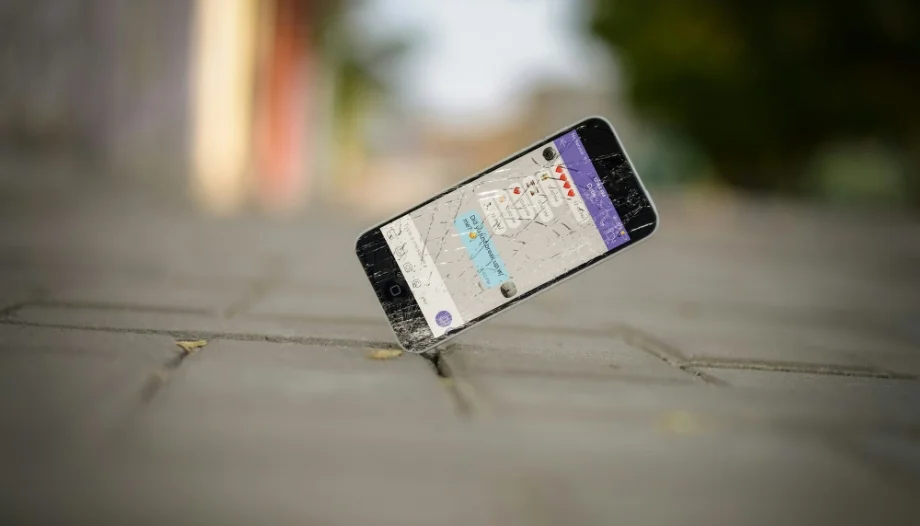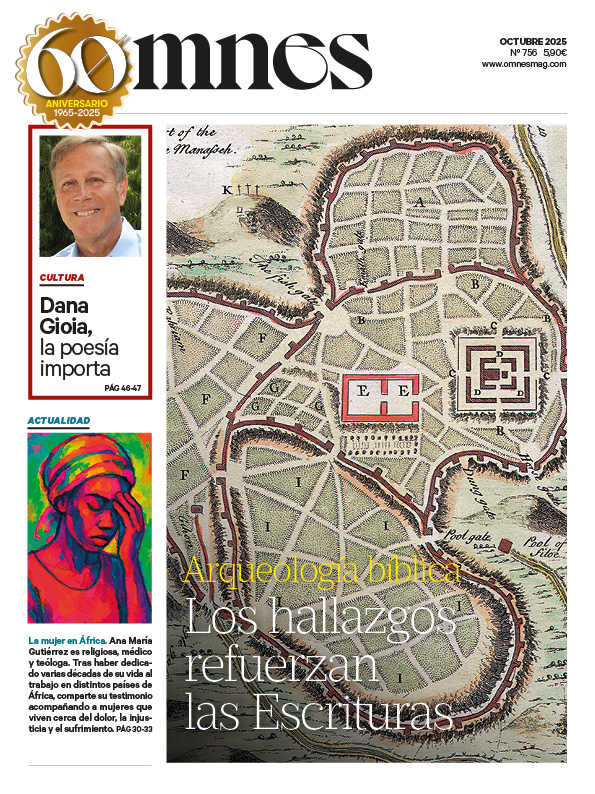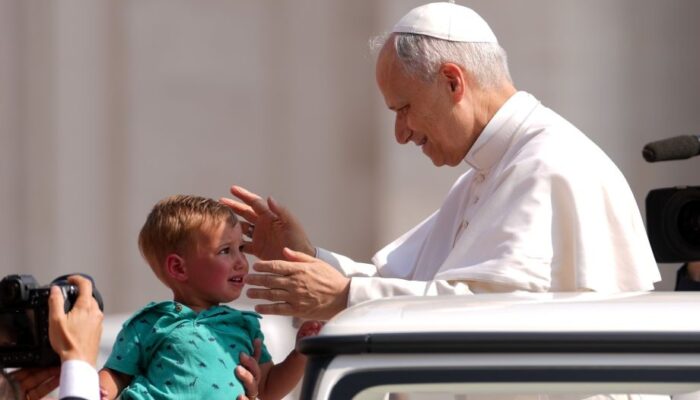What is love? Is there true love and false love?
There are two reflexive verbs that will enlighten us on this new bimonthly issue of ours: darse and buscarse.
When one wonders if there is true love in a relationship, one must question the capacity for mutual self-giving between the lovers, if they give themselves to each other, if they seek each other precisely in order to give themselves to each other.
We could emphasize that true love is a pure, unconditional and lasting feeling, based on mutual respect, freedom, support and acceptance of the other person as he/she is, even in adversity.
On the other hand, false love is selfish and possessive, seeks personal gratification, feeds on external circumstances and is fragile and ephemeral.
Genuine love requires presence and personal treatment
Having made the above distinction and determined what genuine love is, it seems evident that, in order to find it, the only way to verify this "requirement" will be the encounter between those who love each other; a present encounter, not a virtual one.
Love does not require presence as an absolute condition, but it facilitates it enormously. Physical contact is fundamental for the communication of affection. It appears evident to all eyes that only an intimate, deep, and therefore real and present connection will make true love grow.
While long-distance relationships can work, they involve a conscious effort and greater adaptation to make up for the lack of physical closeness, which is a key ingredient in strengthening the relationship. Physical closeness allows affection to be expressed and received through caresses, hugs and kisses, which stimulates the release of oxytocin, the so-called love hormone, and other chemicals related to pleasure and connection.
Presence facilitates the reading of body language and facial expressions, crucial elements for understanding and feeling cared for -loved- by the other person.
Sharing physical space contributes to a deeper intimacy and a joint evolution of the relationship, aspects that can be diminished in long-distance relationships.
Getting to know the person in different spheres and in his or her natural environment, rather than relying on an idealized image, is key to a healthy relationship and avoiding disappointments. As Pope Francis said in February 2023 at a meeting to reflect on the challenges of technology, technology cannot replace human contact: the virtual cannot replace the real and neither can social networks replace the social sphere.
The wonder of cyberspace and the obvious limitation of its virtual nature
Cyberspace offers virtues such as instant access to information and knowledge, global communication and the facilitation of social and professional interactions; but it also has limitations such as, among others, misinformation, security and privacy risks.
It facilitates the connection with people from all over the world, allowing asynchronous and synchronous interactions and the development of online communities.
However, the abundance of information makes it difficult to distinguish the veracity of the sources, propagating erroneous, false, or false information.fake- or inappropriate. And there is the risk of cyberbullying, scams, identity theft and exposure of personal information to third parties.
This is evidenced in the so-called dating platforms -dating sites- which, although they have advantages, such as the expansion of the social circle and access to people with similar interests, also have disadvantages, such as superficiality based on appearance and the aforementioned risks related to falsehood.
Priest. Promotion and Development Ecclesiastical Faculties University of Navarra







